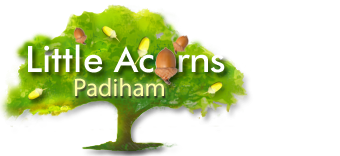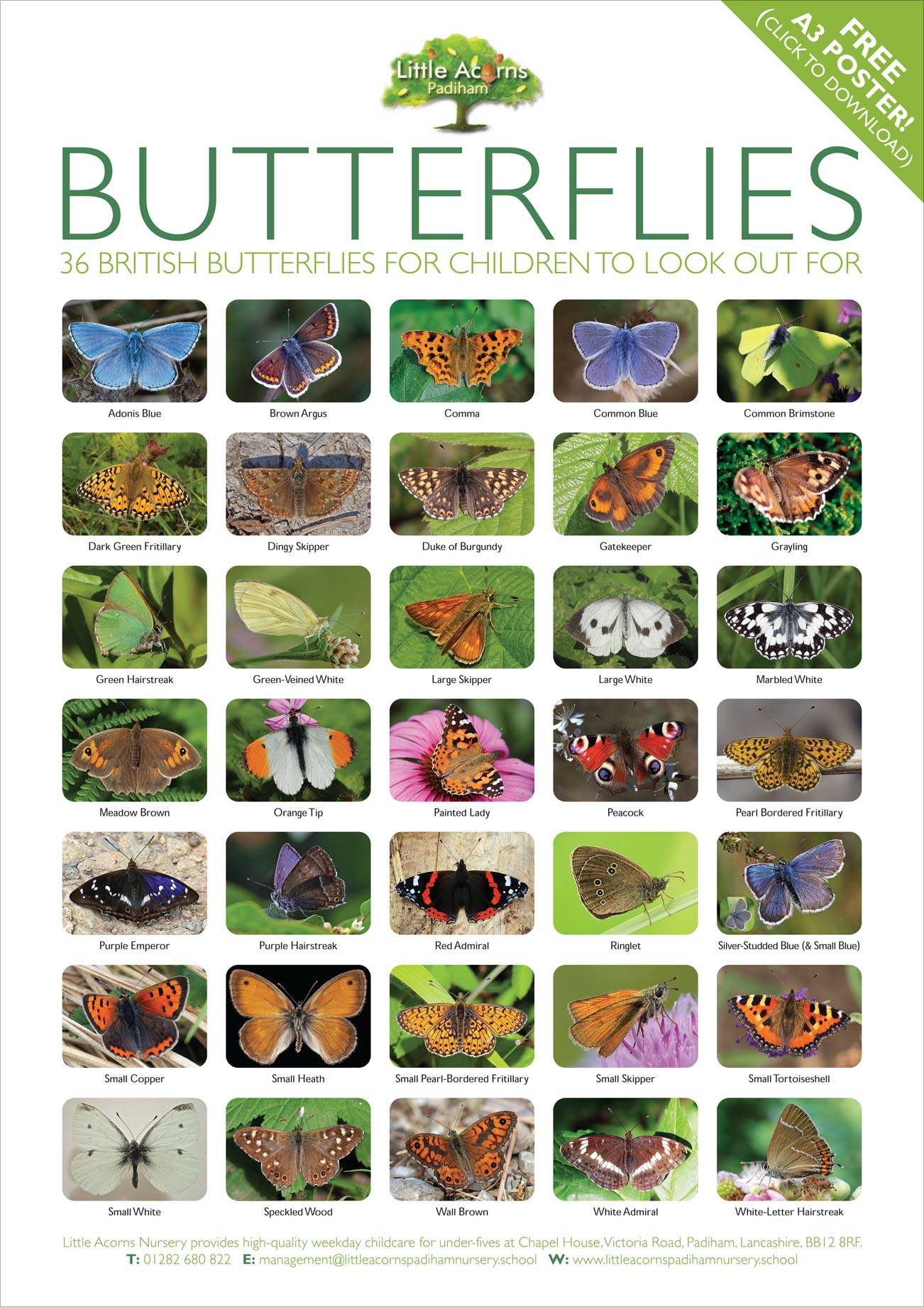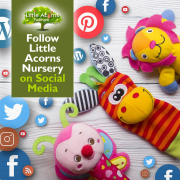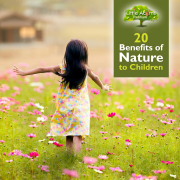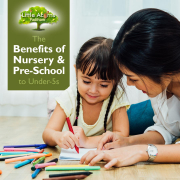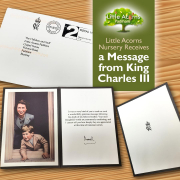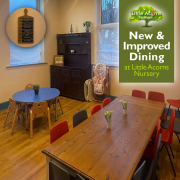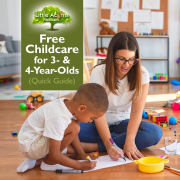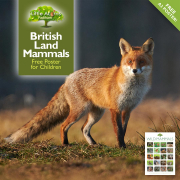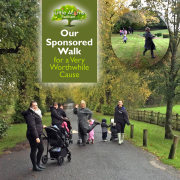Butterfly Spotting for Kids (with Free Poster!)
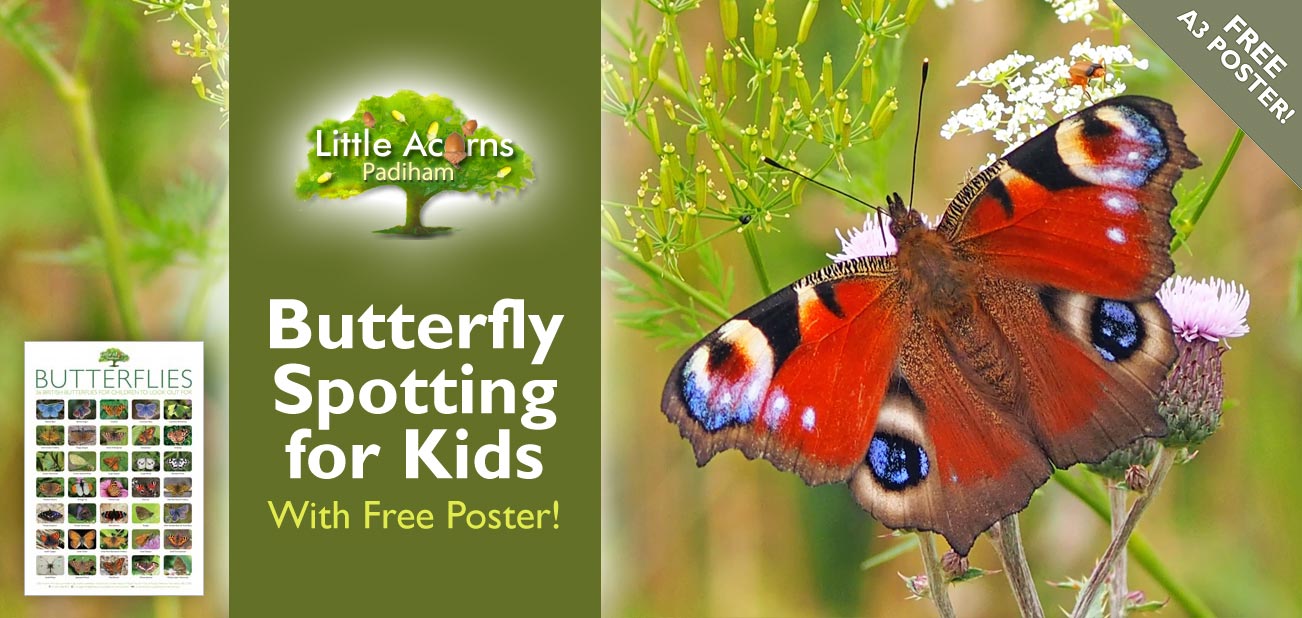
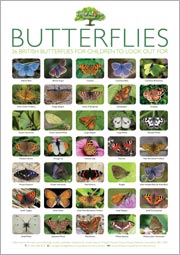 At the time of writing, it’s peak butterfly-spotting time — more adult butterflies can be seen in late July and early August than at any other time in the year. That makes it the perfect time for children to get out in nature to spot these charming creatures. Doing so is fun, educational and also beneficial in so many ways – we’ll explain more about that later.
At the time of writing, it’s peak butterfly-spotting time — more adult butterflies can be seen in late July and early August than at any other time in the year. That makes it the perfect time for children to get out in nature to spot these charming creatures. Doing so is fun, educational and also beneficial in so many ways – we’ll explain more about that later.
Fun Fact: About 60 different types of butterflies can be found in the UK.
Butterflies come in many different forms and sizes, often with incredibly beautiful patterns and colours on their wings. They are also rather endearing as they flit around on seemingly haphazard flight paths. As such, infants, toddlers and young children will naturally be drawn to them when they see them flying around flowers, gardens and hedgerows. With that in mind, we have designed a free butterfly identification poster for families to download. It features 36 different types of butterflies that are commonly seen around large parts of the UK. The poster can be printed out for children to display on bedroom or nursery walls, or for use as a hand-held reference when out and about on butterfly-spotting nature trips. Take a look at the preview below — full instructions for printing it out or viewing it on screen are explained below the preview. The poster is free to download and you do not need to sign up for anything, nor register in any way.
Butterfly Poster Preview
The preview image below shows the 36 wonderful butterflies that are included on the identification poster. However, be sure to download the Acrobat PDF version for greater clarity and detail.
Download Instructions
Depending on your specific device and browser settings, the high-resolution Adobe Acrobat version of the poster can be viewed and/or downloaded by left- or right-clicking the preview image above, or alternatively use this link. If you do not already have it on your device, Acrobat Reader can be downloaded for free. ∞
Amazing Fact: The Painted Lady butterfly flies all the way from Europe or Africa, travelling thousands of miles, before arriving in the UK for the summer. When travelling, they fly up to 100 miles per day, travelling almost 30 miles per hour. Unlike some other butterflies, Painted Ladies do not hibernate in Britain, instead migrating back to Europe or northern Africa.
Butterfly Spotting Has Many Benefits
The Benefits of Butterfly Spotting to Children
Butterfly spotting is a delightful and almost magical activity for children to take part in. On a simple level, it’ll help children learn the names of different butterflies and open their eyes to some of the UK’s wonderful wildlife. On a deeper level, though, it’s hugely educational by teaching children about nature and the natural world more widely. Through the simple task of butterfly spotting, children will get to understand the important role of butterflies, bees and other insects as pollinators. They’ll learn about concepts like metamorphosis, where food comes from, how plants, trees and creatures reproduce, the circle of life, and even about their own place in the world. These are profound and important concepts.
Spending time in and around nature is also hugely beneficial to children in mind, body, spirit and even academically. That conclusion is supported by study after study, all around the world. Indeed, we have written a separate article about the benefits of nature to children. Take a look by following the bold link.
Some of the Benefits to Butterflies & the Natural World
Nature-based activities like butterfly spotting will also begin to foster a deeper appreciation in children for the natural world and the flora and fauna within it. Children who regularly spend time in and around nature will tend to develop an affinity for it, right into adulthood. As well as enjoying everything that the Great Outdoors has to offer, children who are used to spending time in natural environments are often more environmentally conscious, with a greater sense of empathy for other creatures and a more responsible attitude around the impact that humans are having on the planet. And, as we’re seeing in recent news about global warming, climate change and the effects on recent weather patterns, such attitudes have never been more important. Children are the planet’s future, so encouraging them to look after the natural world is crucial for its very survival. The human race needs to act decisively to reverse both climate change and habitat loss so that wildlife populations can begin to recover. If there were no pollinators, then we’d all be in deep trouble.
The Best Places to Spot Butterflies
There are some obvious, and not-so-obvious, places where children are most likely to see the most butterflies:
- Around flowers and blossoms, as nectar is their food.
- Especially around butterfly-loving plants like Buddleia, also known as the ‘Butterfly Plant’.
- Around calm, sheltered, sunnier spots, especially in the middle of the day — although they’re around any time of day if it’s warm (above 20ºC if it’s cloudy). Butterflies are delicate and do not like the wind.
- Butterflies love brambles, flower meadows and forest clearings (‘glades’) where wildflowers grow.
- They’ll also be drawn to forests and glades where a variety of different tree and plant species are growing at different stages of development.
- Areas with long grass and hedgerows are good spots if they contain wildflowers.
Look But Don’t Touch
Butterflies are very delicate creatures, with wings that are easily damaged. Therefore, teach children not to try to catch or hold them. It’s best if families simply look rather than touch. Also, try to keep fairly still because butterflies can sense movement from multiple directions and are constantly on the lookout for danger.
Little Acorns Nursery & Preschool, Padiham
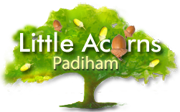
Children also get to immerse themselves in nature-based activities at Little Acorns Nursery in Padiham, where we offer high-quality weekday childcare for babies and children under five. The service is much more than that, though, as we give children the very best start in life, nurturing them in their early years to become the very best version of themselves by the time they leave us to start school. Their learning and all areas of personal, social and emotional development come on in leaps and bounds during their time with us. This gives them all the tools they’ll need to thrive going forwards. We also support all the free childcare schemes offered by the Government to eligible families, including free childcare hours for 2-year-olds and up to 30 free hours per week for 3 and 4-year-olds and much more.
For more information, to register for a childcare place, or request a guided tour with your child, please get in touch using an option below:
Little Acorns is a nursery & preschool in Padiham, also being convenient for families nearby in Hapton, Rose Grove, Burnley, Altham, Huncoat, Read, Simonstone, Sabden, Higham and Wood End.
